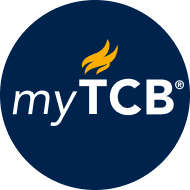
This health care company has created a new “people experience” division, drawing in teams from engagement, communications, and HR services. The new division supports a wider cultural transformation effort to move from a product-centric approach to a people-centric one. HR had the same product centricity but was becoming increasingly aware that this was leading to a fragmented approach and a suboptimal employee experience: “We need to connect with our people in a new way and to make our approaches less of a cacophony and more of a symphony,” says the global head of engagement.
Believing that much of the change entails a profound shift in mindset, the company expects to take between three to five years to shift to a people-centric culture, with employee experience (EX) at the heart of every kind of interaction between the organization and its associates (both employees and contingent workers).
The EX strategy focuses on three interlinked dimensions of experience: physical, digital, and cultural. For example, the goal for physical experience is a workplace that enables collaboration, problem solving, and innovation. The digital workplace should have tools and platforms that feel simple and intuitive. The culture should help motivate people to keep learning and experimenting. The aim is to design experiences within these three dimensions in such a way as to drive “purpose, belonging, and meaning.”
Breaking down functional silos was the first important step in identifying the activities that help shape employee experiences; how to

myTCB® Members get exclusive access to webcasts, publications, data and analysis, plus discounts to events.
